
Research in the Earth Science faces an extremely uncertain future in Australian Universities. The financial shock of 2020 has turned into an existential crisis for Earth Science departments across the country.

Research in the Earth Science faces an extremely uncertain future in Australian Universities. The financial shock of 2020 has turned into an existential crisis for Earth Science departments across the country.

The earth system provides many crucial services essential to the wealth and health of human society. It provides both the climate and the platform on which we live, the mineral, energy and groundwater resources on which we depend and increasingly a repository for our wastes.

As the children of the plate tectonic revolution, today’s geoscientists have grown up with a zeal to understand the basic workings of our planet. There are many remarkable testimonies to the success of plate tectonics including declining discovery rates of large mineral resources.
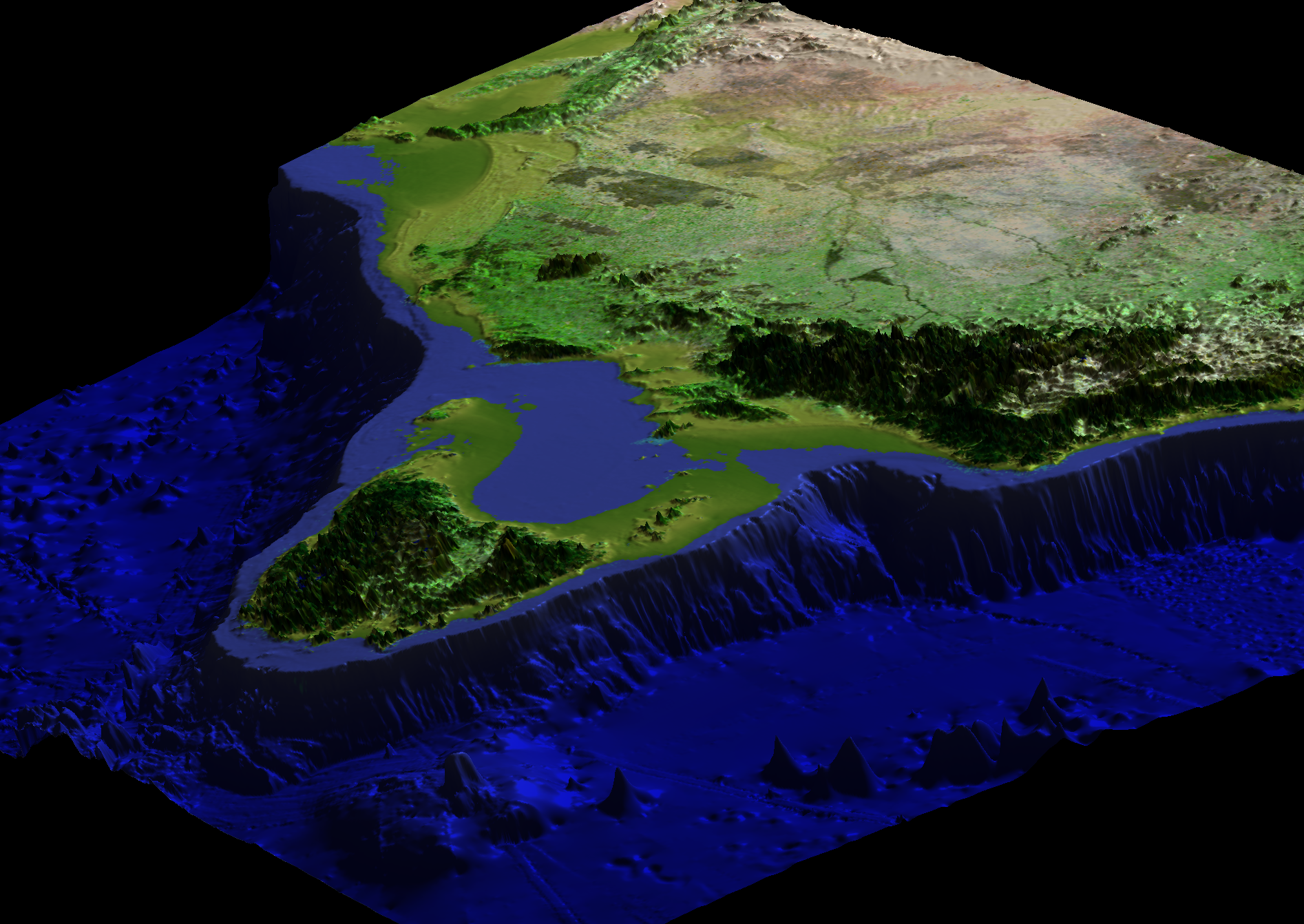
About 13,000 years ago, as their land was drowning, the last Vicmanians were confronted a terrible choice. Through human induced climate change we are now committing a similar fate. Unlike the Vicmanians, in foreseeing the future we can do something about it [1].
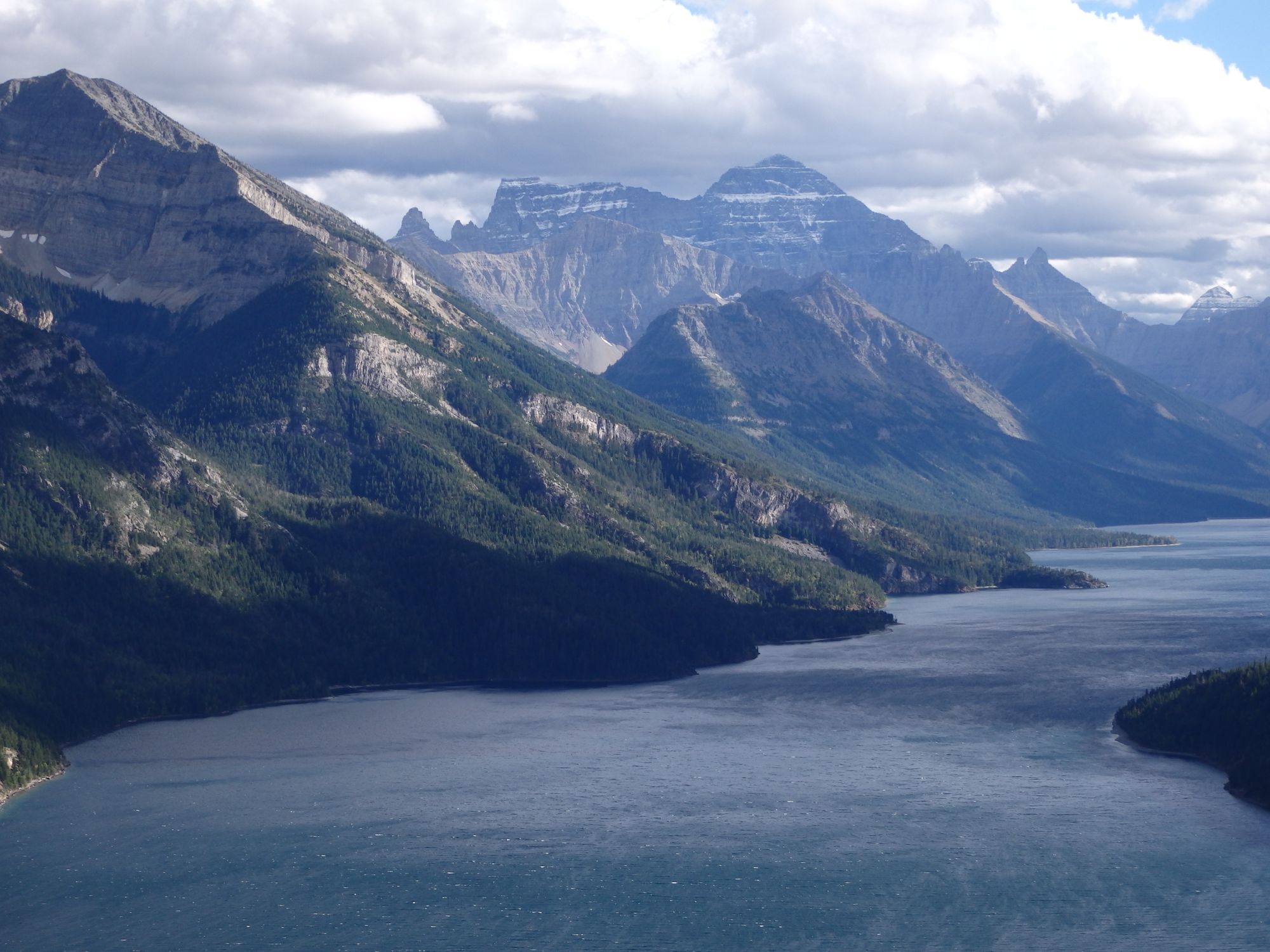
When the seismic waves from a distant earthquake arrive in the vicinity of a seismic recording station they interact with the local structure and produce a variety of minor contributions accompanying the main arrival of a seismic phase.
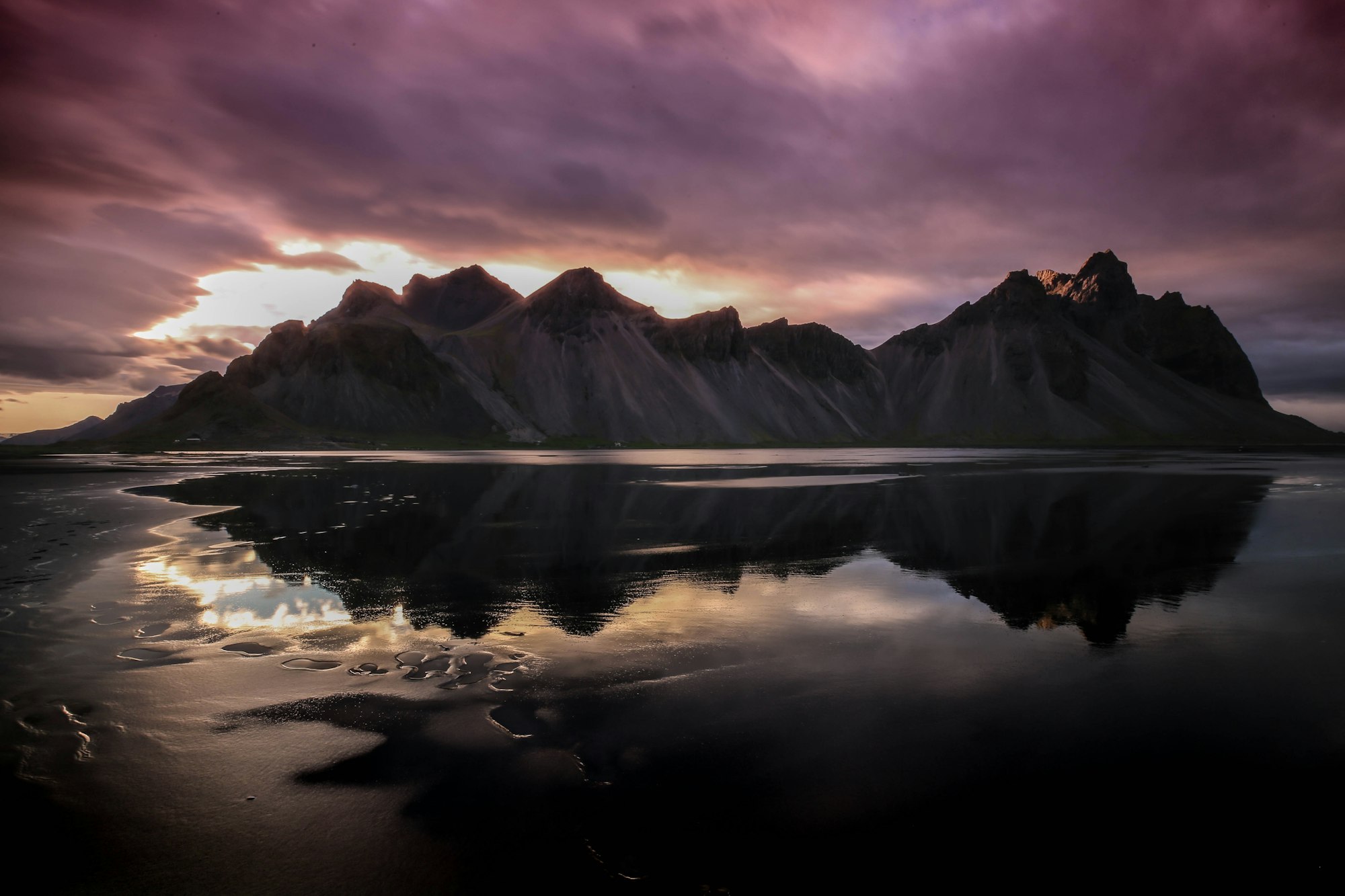
Earth’s tectonic plates are constantly moving. Over millions of years new plates form at oceanic ridges, while others form mountains or even sink back in the mantle and disappear from the surface. The unique geochemical signature of sunken plates can be preserved and reappear in newly formed crust.
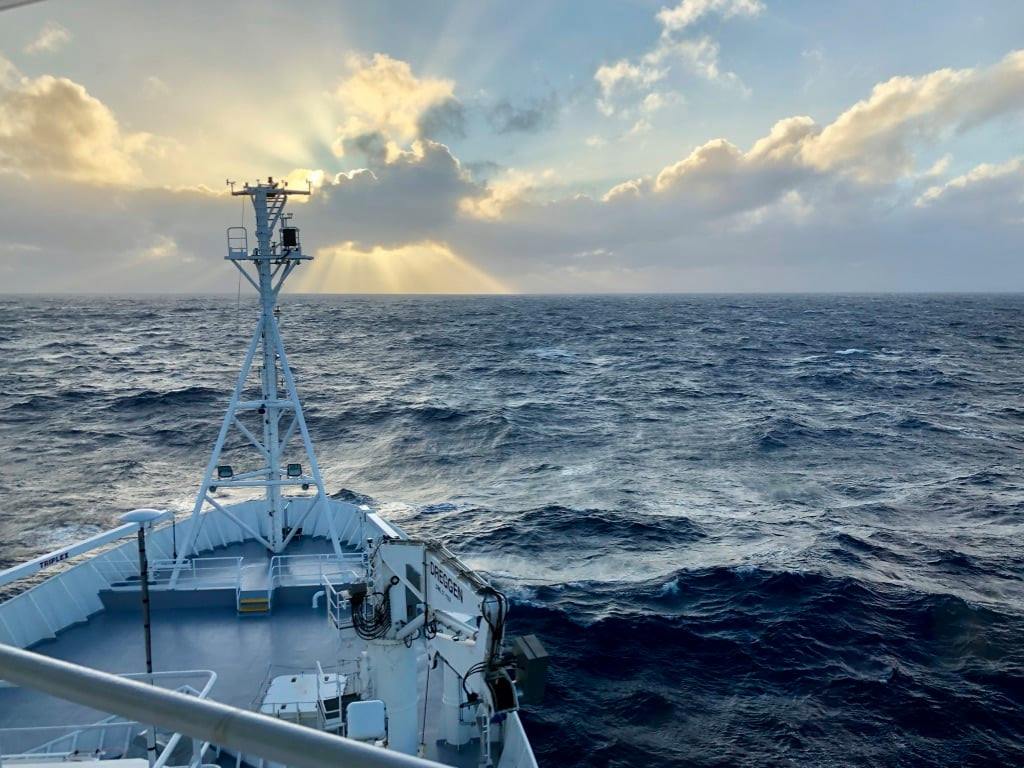
Unlike Sirens, who drew sailors to the rocks by their enchanted singing, causing their ships to sink, Nereids – the daughters of Doris and Nereus, the old man of the sea – were helping sailors through rough seas.
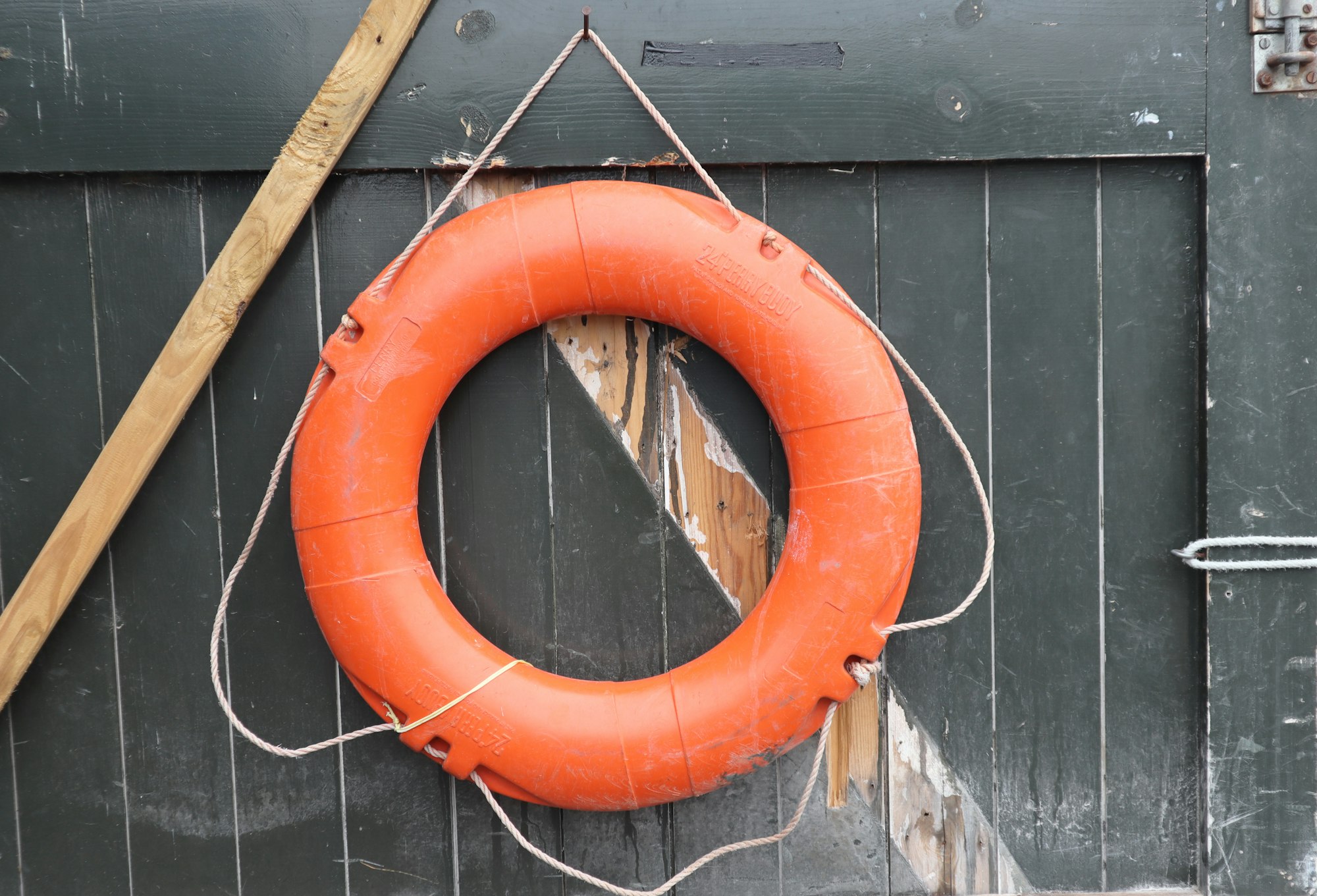
When you are pressed for time, the only thing you hope for is for things to go as smoothly as possible so that you can move on.
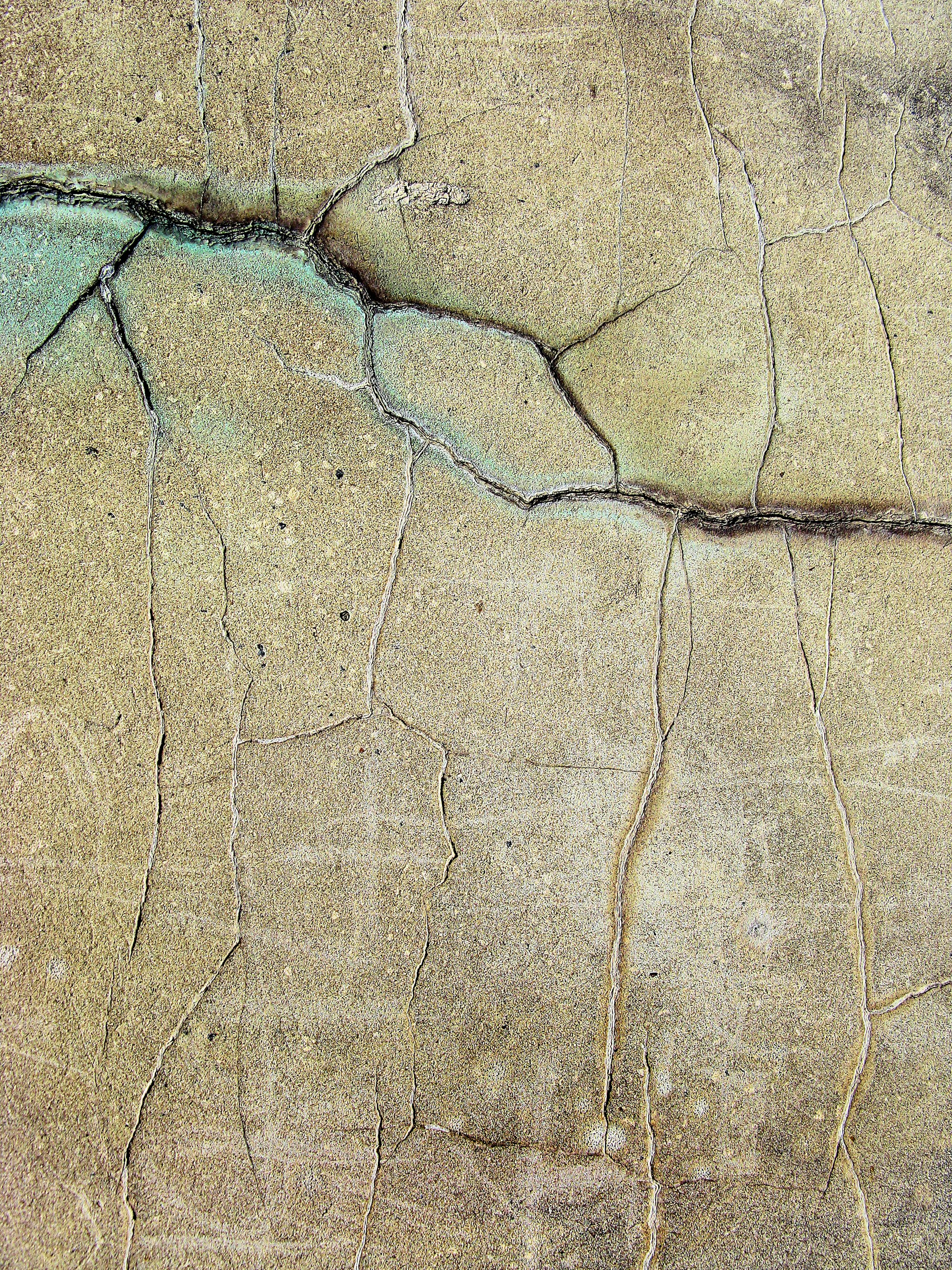
The Earth’s crust is made up of tectonic plates that are constantly in motion. Large, destructive earthquakes occur when accumulated energy at plate boundaries - where two plates are pushing against each other - is suddenly released.

Haibin Yang, Louis Moresi and Mark Quigley provide a scaling relationship for the fault spacing in continental strike-slip shear zones.
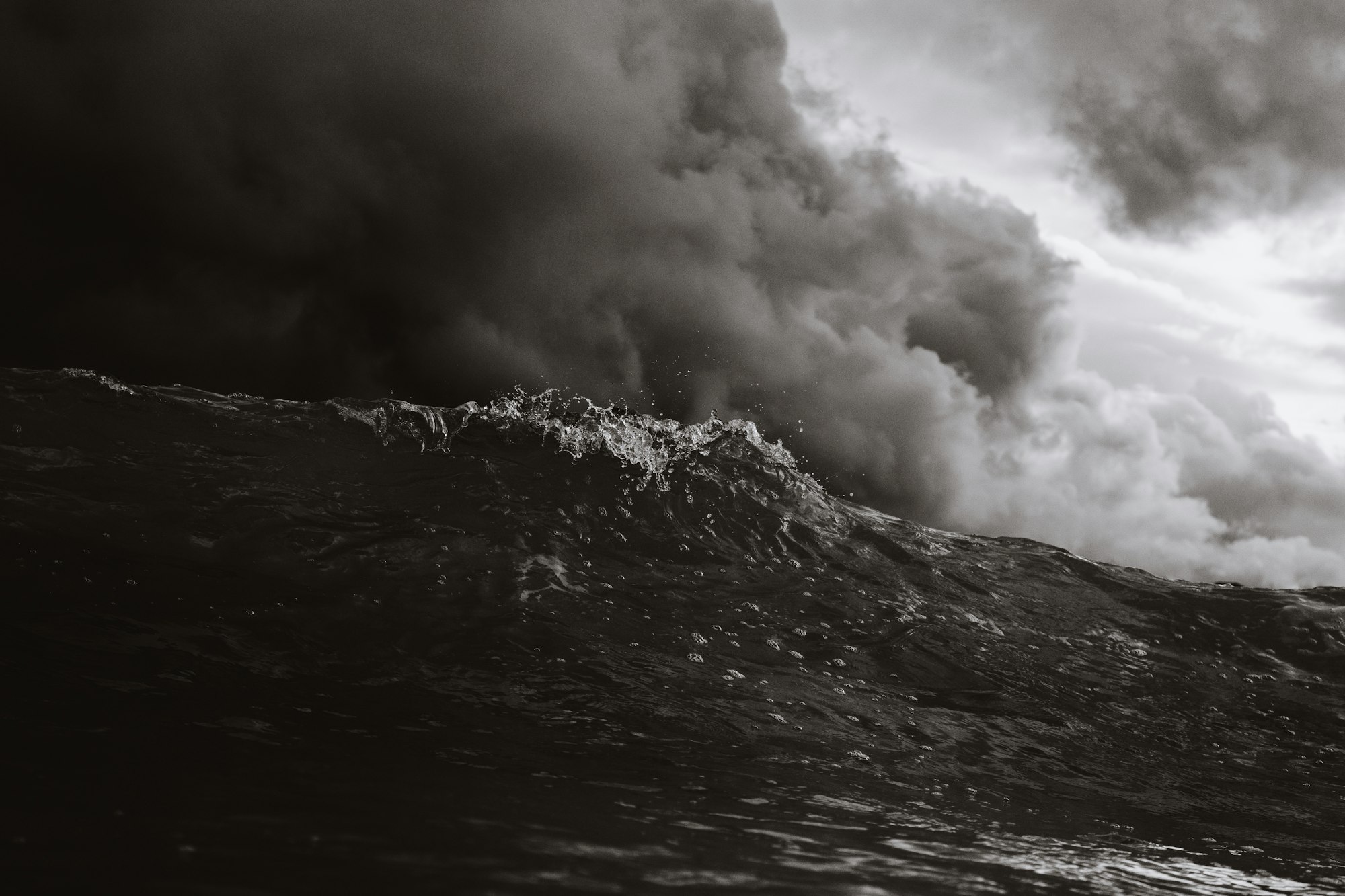
... probably the most challenging feature in the global ocean on which to deploy ocean bottom seismometers, which need to land onto a relatively flat surface ...